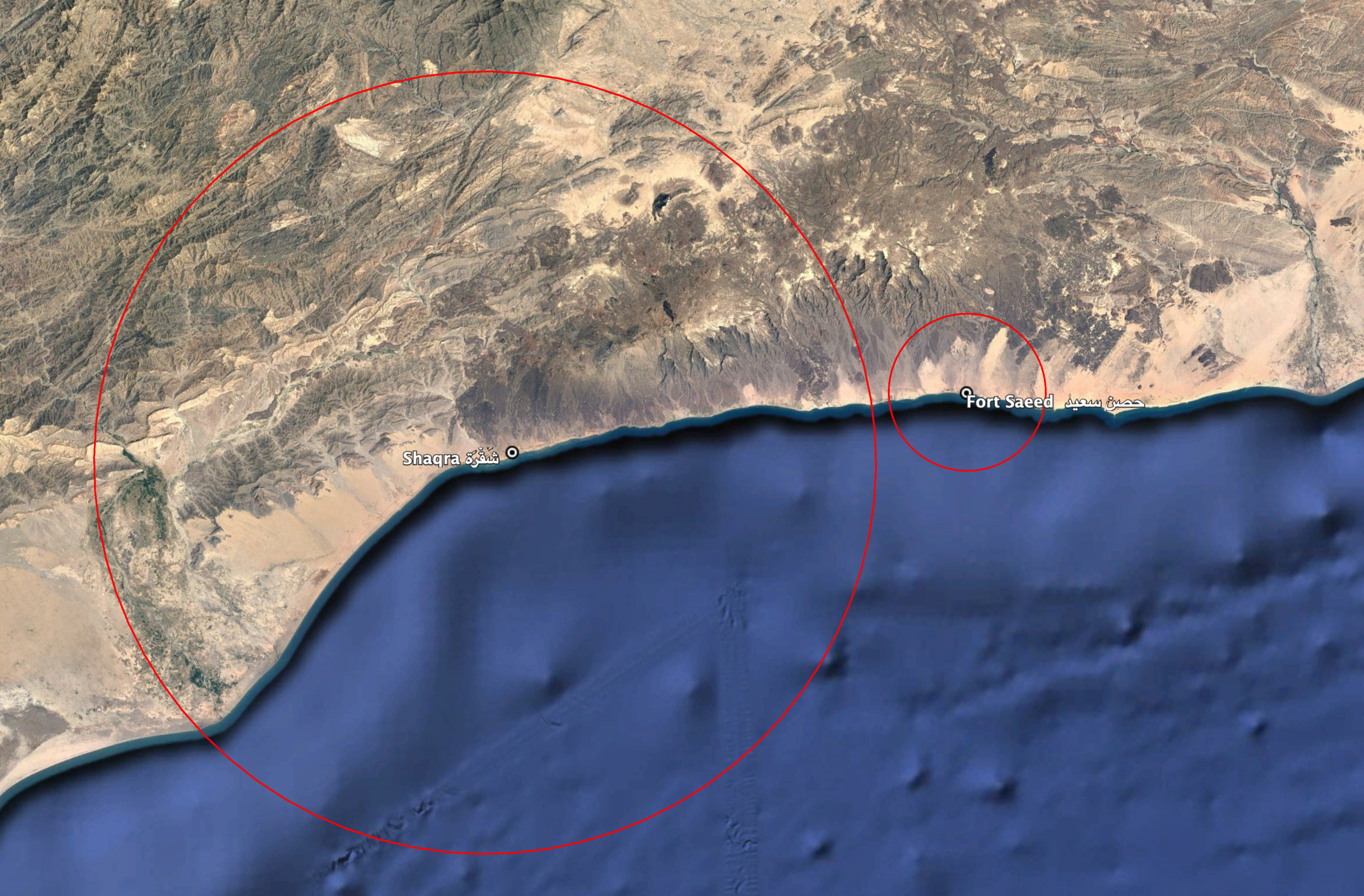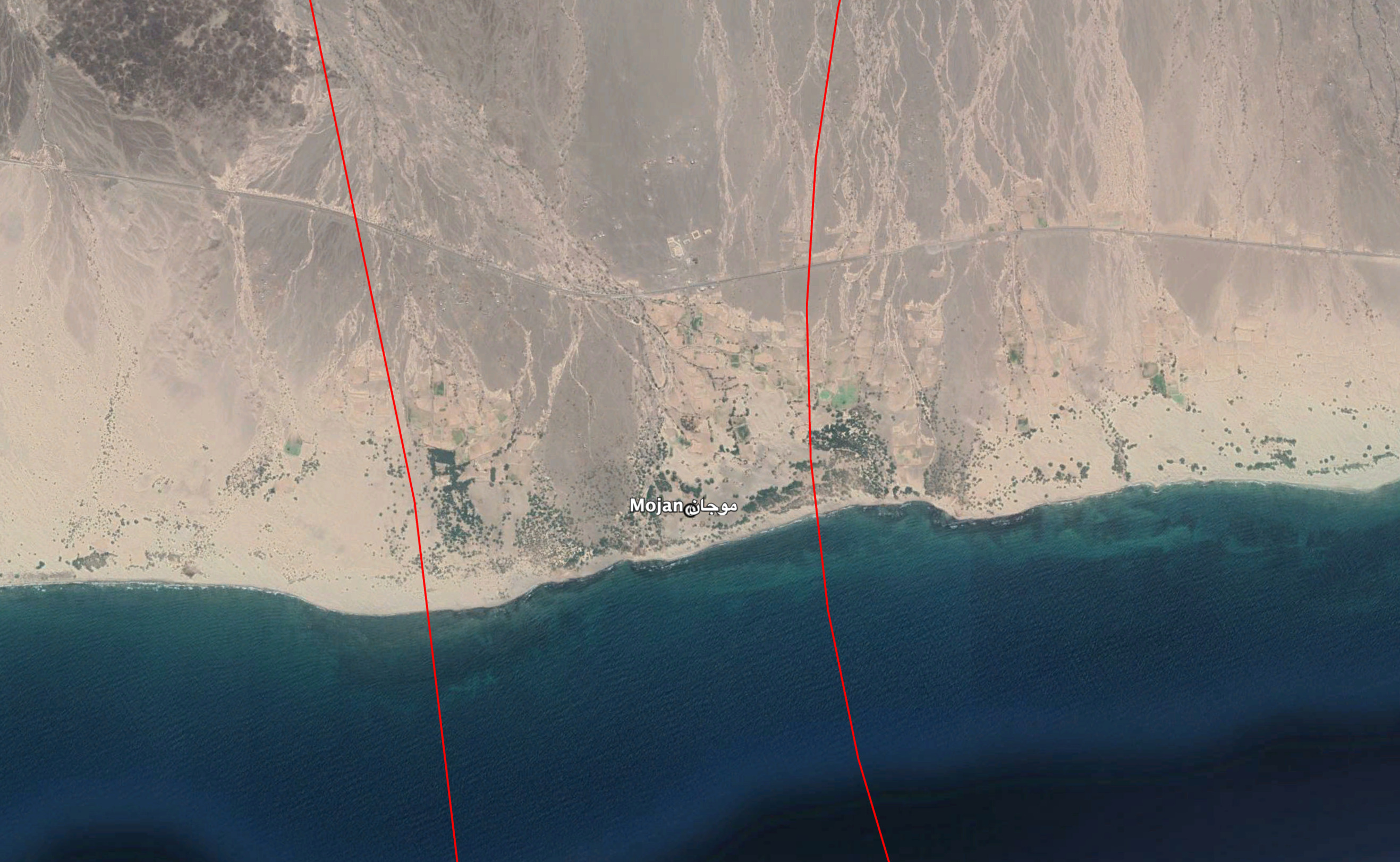Incident Code
Incident Date
Location
Geolocation
Geolocation
Airwars Assessment
(Previous Incident Code: YEMT016)
Multiple sources reported that US forces were involved in a combined arms operation that took place at dawn on March 2nd 2017 in Mogan, al-Maraqisha directorate, Abyan governorate.
The action was variously alleged to have included airstrikes, naval bombardment, and troop landings. Some sources claimed the operation was implemented in cooperation with Emirati special forces and Arab coalition air support. There were no known reports of civilian harm.
Several local language and English language sources reported that US special forces had been deployed at dawn into the coastal town or area of Mogan, and clashed with alleged militants for some time before withdrawing. Various sources suggested a number of targets were involved. According to al-Arabi and other news sites, “security and military sources” indicated that the operation likely targeted AQAP camps in the locality.
Al Janoob Yemen quoted an anonymous local source, allegedly spoken with by Sky News Arabia, who said that multiple sites were hit in Mogan, where there were “both Yemeni and foreign leaderships for al-Qaeda”. This was also reported by Al-Ain, drawing on a “Yemeni source”.
Al-Ain further reported that American forces “targeted an al-Qaeda training camp in a school in Mogan Al-Hasinah area”, while Aden al-Hadath also reported that a strike had targeted a school in “Khabr al-Maraqisha”. Multiple local language news sources, however, cited a local doctor, allegedly spoken with by an Anatolia Press correspondent, who denied that any militants were present in the area.
Multiple media outlets indicated that the alleged ground raid was accompanied by, and directly supported by, the deployment of air and naval power in the area. Local language social media sources reported that multiple presumed AQAP targets in Mogan were hit by airstrikes around dawn on March 2nd. According to one source, at least ten strikes took place in the “Mogan region”. Local sources also told Akhbar al-Youm that “unmanned drones, Apache [helicopters] and American naval battleships” launched strikes on sites in the region, while a “military source” indicated that over twenty airstrikes took place in Mogan, not accounting for naval bombardment.
According to the local doctor reportedly spoken with by Anatolia Press, air strikes immediately preceded the arrival of ground forces, and a jet bombed sites in the town “in conjunction” with the raid. Another local source, reportedly spoken to by Sky News Arabia, said that “the landing process coincided with missile strikes from the US Navy on the organization’s sites in Mogan”. In a later statement, AQAP claimed that indiscriminate shelling by warships and jets took place to cover the withdrawal of ground forces.
A number of sources indicated that air and naval strikes may also have taken place later in the day on March 2nd. One local language Twitter source suggested that further strikes by F-16 jets took place immediately after the withdrawal of troops.
Sources differed considerably on the specific nature of the deployment of ground forces. Some indicated that troops were deployed into the town or area of Mogan in a helicopter landing. According to Marib Press, one local source said the attack by US forces on AQAP elements involved raids by “helicopters and drones… just before the helicopters landed a military force that clashed with al-Qaeda militants”.
Others indicated, however, that troops had been deployed by means of a beach landing. According to an AQAP statement, special forces were deployed on the Nakheela beach on al-Maraqisha coast, near the “village of Mogan”, but retreated when they were “exposed”. The statement did not mention any other landings in the area.
Multiple sources reported, with apparent photographic evidence, that military boot prints, paw prints, and ammunition were discovered in or near Mogan, with some indicating they were found “on the beach”. Later reporting by The Intercept indicated that the photographed boot prints were of the same type “often worn by members of SEAL Team 6”. In addition, food and drink packaging reportedly used by the US military was allegedly found and photographed alongside an Emirati-branded water bottle. Images of ammunition allegedly found in the area appeared to show rounds tipped with green paint; US forces are known to use 5.56mm ammunition with green paint tips.
Given that many sources variously described Mogan as an area or as a specific town or settlement, it is unclear whether the reported amphibious and helicopter landings referred to the same landing operation or were distinct deployments in the same operation. According to Al-Ain, local sources said that a sea-landing operation occurred independently of a landing in Mogan, “to pursue the [al-Qaeda] members there”. According to reporting by Akhbar al-Youm, the seaborne landing took place in Husn Saeed, a small coastal village, “10km from the Mogan region”, additionally to a landing in Mogan town.
In order to account for the possibility that two troop landings took place, a second event has been listed by Airwars (USYEMTr016), treating the beach landing as a potentially discrete raid.
Multiple sources also raised questions over the involvement of Emirati or Arab Coalition forces in the operation. According to an AQAP statement and some local language sources, Arab Coalition jets were involved in conducting airstrikes in the area alongside US air forces. According to AQAP’s news outlet, UAE air forces launched “approximately twelve” rockets at the village of Mogan at 1:30 AM, before a period of combined bombing by US and Saudi-led Coalition aircraft from 2 AM to 3 AM.
Various sources also alleged that Emirati special forces were involved in ground operations alongside American troops. One local language Twitter source reported that Emirati soldiers had been killed at “Mojan Camp… during their participation in the landing operation carried out by American forces”. Akhbar al-Youm reported that, according to some observers, the manner in which the raid was implemented bore an “Emirati imprint”.
At the time of the operation, US officials denied any activities beyond airstrikes in Yemen, discounting participation in any ground raid or the involvement of any warships. On Friday March 3rd, Pentagon spokesperson Captain Jeff Davis told reporters “I know there have been reports of firefights, raids, there have not been any that US forces have been involved in”. On March 16th, however, The Intercept reported that an anonymous “senior US military official” had confirmed to them that Navy SEALs had aborted a mission on March 2nd for unknown reasons, after which the Joint Special Operations Command instead opted for drone strikes against AQAP targets.
The outcome of the operation was also unclear. No known sources reported civilian casualties. One local language Twitter source stated that there were reportedly “dozens” of “dead and wounded” extremists as the result of airstrikes in the aftermath of the raid. AQAP’s news outlet, however, reported that there were “no human losses”. As mentioned above, one source indicated that Emirati soldiers had been killed. Most sources indicated that clashes had taken place on the ground; one local language Twitter source, however, suggested that US forces had landed in areas distant from AQAP forces, and had withdrawn without engaging in combat.
Given the lack of clarity around belligerent casualty numbers, the minimum reported number has been set at four, reflecting at least two Emirati casualties and at least two dead reported “extremists”, with the maximum set at twenty-six, reflecting at least two Emirati casualties and two dozen dead reported “extremists”, given the representation of the numbers by one source as “dozens”.
Minimum injured belligerents have been set at two reported “extremists”, with a maximum of twenty-four, also given the representation of the numbers by one source as “dozens”. These entries reflect alleged casualties that could potentially have occurred in either this event or USYEMTr016, since no casualties were reported that can be specifically ascribed to either event uniquely.
On March 3rd, Reuters reported that, according to residents, US ground operations had taken place in Mogan at dawn on the same day, at around 5am, with clashes lasting for around half an hour. No other unique sources could be found that mention ground operations on March 3rd however, and Reuters later edited their report to remove this allegation. It is therefore likely that this report mistakenly refers to the operation on March 2nd.
This strike allegedly took place amid a dramatic intensification of US operations against AQAP. On March 2nd, Pentagon spokesman Captain Jeff Davies announced “more than 20 strikes targeted AQAP militants, equipment and infrastructure in the Yemeni governorates of Abyan, Al Bayda and Shabwah” early that morning. On March 3rd, the Associated Press reported that Yemeni officials and residents said that the US had conducted “dozens of airstrikes on al-Qaida targets in Yemen overnight and in the past 48 hours in one of the lengthiest, sustained operations inside this conflict-torn Arab country”.
A US military intelligence source told NBC News that the strikes were “part of ‘new directives’ to aggressively pursue the Dhahab and Qayfa clans”. Estimates of the total death toll on March 2nd varied; on March 3rd, Reuters reported that Thursday’s strikes left “at least nine” dead, while officials speaking with the Associated Press said that seven alleged militants had been killed. Oman Daily reported that 12 “suspected al-Qaeda members in Yemen” had been killed on March 2nd.
Key Information
Geolocation Notes
Reports of the incident mention the village of Mojan (موجان) which according to some sources is located 50km east of Shaqra (شُقْرَة), and 10km west from Fort Saeed (حصن سعيد), within the southern area of the Abyan governorate beneath the Maraqisha mountains (جبل المراقشه). Between these two locations, there is a town called Al Khabr (الخبر), which we believe Mojan is its coastal component, for which the coordinates are: 13.425116, 46.171369. Due to limited satellite imagery and information available to Airwars, we were unable to verify the location further.

Reports of the incident mention the village of Mojan (موجان) which according to some sources is located 50km east of Shaqra (شُقْرَة), and 10km west from Fort Saeed (حصن سعيد), within the southern area of the Abyan governorate beneath the Maraqisha mountains (جبل المراقشه).
Imagery: Google Earth

Between these two locations, there is a town called Al Khabr (الخبر), which we believe Mojan is its coastal component.
Imagery: Google Earth
